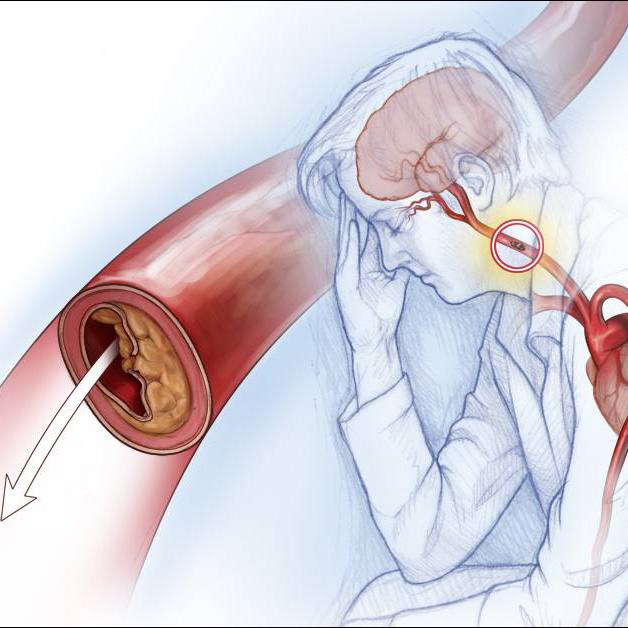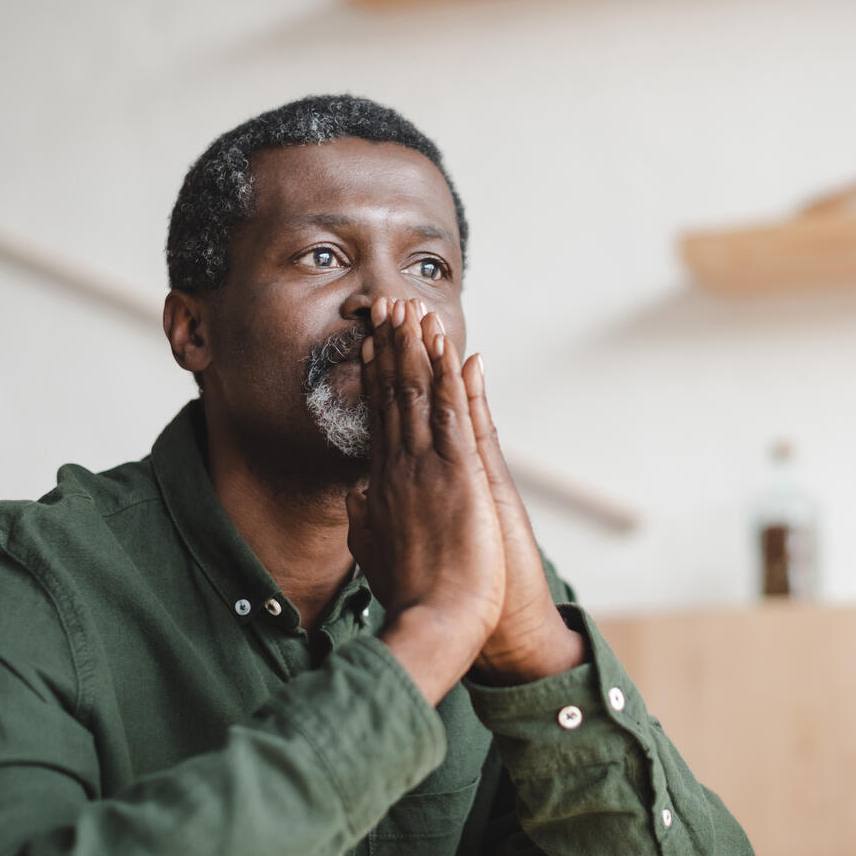-
Mayo Clinic Minute: Help with kyphosis, or roundback
Kyphosis is a condition where there is an exaggerated, forward rounding of the upper back. Mild forms of this usually cause few physical problems, but severe forms of kyphosis can be painful and disfiguring. One type of kyphosis, called Scheuermann’s disease, is the most common, requiring attention of a medical professional.
And as Dr. Jamal McClendon Jr., a Mayo Clinic neurosurgeon, explains, surgery to correct the condition is usually the final option.
Journalists: Broadcast-quality video (0:58) is in the downloads at the end of the post.
Please courtesy: "Mayo Clinic News Network." Read the script.
The bones of a healthy back look like cylinders stacked in a column. When kyphosis occurs, the vertebrae in the spine become more wedge shaped.
"Kyphosis is a condition where, when you look at a patient in a profile view, they have an abnormal curvature to their spine. It can be caused from a number of different reasons," says Dr. McClendon.
He says there are rare occasions where kyphosis happens naturally due to other medical conditions. But the most common cause is from a prior procedure or operation, which changes the overall architecture of the musculature.
Most often, kyphosis can be treated with physical therapy, stretching and strengthening exercises, and bracing. But there are instances when a spinal fusion operation is needed.
"Very similar to scoliosis, the majority of treatment is mostly nonsurgical. Again, if patients have very unrelenting pain or if they start to develop neurologic changes, that's one of the indications to proceed with an operation. But it's very uncommon for us to need to operate," says Dr. McClendon.
Related Articles







